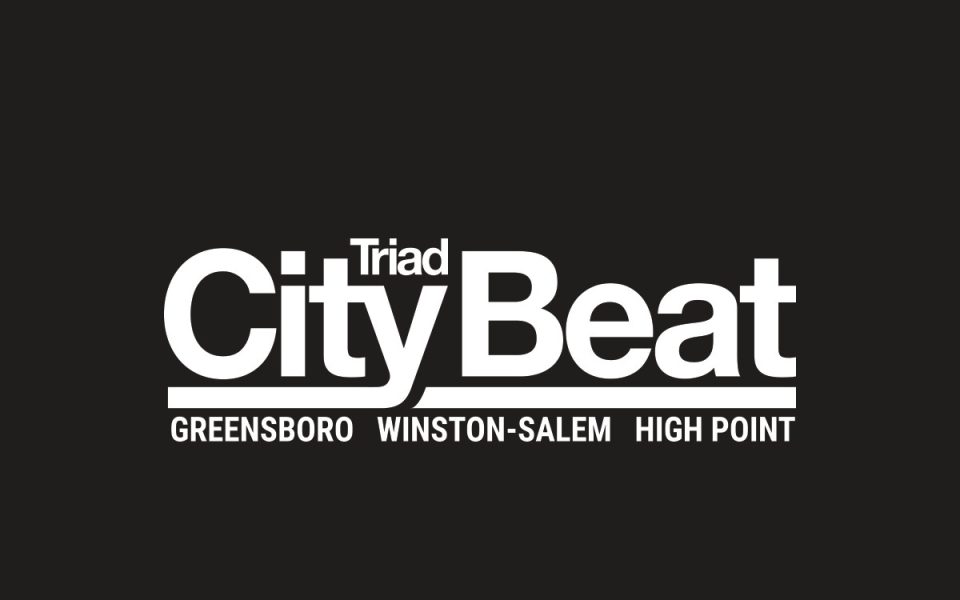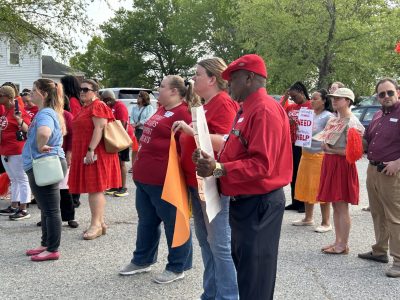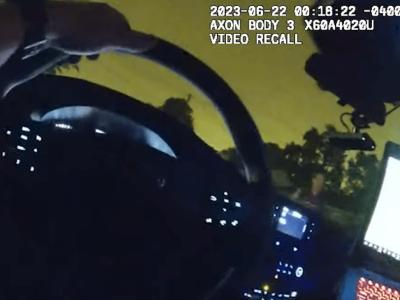Jim Sparrow, the president and CEO of the Arts Council of Winston-Salem, wants to apply the same disciplined and creative process that produces works of art to addressing inequities in employment, income and wealth.
“Creative thinking is one of the core elements of artistic creation,” he said. “Those are the same way we need to think about hard problems.”
Winston-Salem has been selected, along with Providence, RI, by EmcArts to pilot a community innovation lab. The lead financial supporter for the project is the Kresge Foundation. The arts council is convening the Winston-Salem community innovation lab, along with the Thomas S. Kenan Institute for the Arts at the UNC School of the Arts and the Winston-Salem Foundation.
By definition the lab is experimental, and Sparrow said the project is intended to be inclusive with representation from a wide array of community actors, including both prominent institutional players and less prominent leaders. The lab is in the process of selecting 12 “champions” to provide the core leadership of the initiative as the first step of an intentional process to provide an inclusive forum for everyone who potentially might want to get involved.
Just as an example of a tangible project the lab might undertake, Sparrow cited US Highway 52 as a physical barrier that literally separates the low-wealth east side of the city from the dynamic and vibrant downtown.
“As we look at the conversation about equity and figuring out how to deal with wealth, power and access, what are the immediate hurdle?” he asked. “One of the challenges is the physical challenge of 52 there. It’s a natural divider that has begun to set up a lack of connection. You have food deserts and lack of access to healthy food. That starts a series of dominoes. How do you break down the divide?”
Sparrow said the arts council’s interest in addressing inequity is simply a matter of being a part of a community that as a whole needs “to move the needle.”
He acknowledged that the arts can be perceived as a driver of inequality — unfairly, in his view — when arts-led revitalization displaces poor people from gentrifying downtowns. He argued that the arts comprise a big spectrum.
“The hope is that people see arts not as just the fine arts related to experiences where people go to the symphony, but the arts are also tools like how a kindergartener would learn how colors and shapes work,” he said. “It can be a really collaborative experience, an artistic process of community involvement and almost a way to move past difficult relations. Too often, the arts are seen unfairly — but there’s a reason — where it’s disparate related to socioeconomic status.
“We often ask ourselves about fine arts — are they really serving the whole community? There are some realities that are driven by different parts of the spectrum. The spectrum is wide and deep. There are artists who are not at the top of the spectrum, and they’re engaged with the community on a deep level.”
Join the First Amendment Society, a membership that goes directly to funding TCB‘s newsroom.
We believe that reporting can save the world.
The TCB First Amendment Society recognizes the vital role of a free, unfettered press with a bundling of local experiences designed to build community, and unique engagements with our newsroom that will help you understand, and shape, local journalism’s critical role in uplifting the people in our cities.
All revenue goes directly into the newsroom as reporters’ salaries and freelance commissions.





Leave a Reply